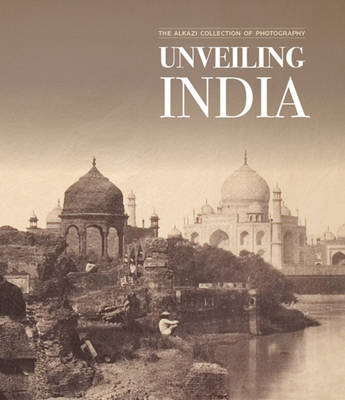Photography was introduced in India in 1840, soon after being patented in Europe in 1839. The pioneers of photography in India were employees of the English East India Company, whose chief functionaries understood that this could be an efficient tool for documenting geographical and topographical information, previously rendered through drawings and watercolours. Subsequently, the 'pioneers' of Indian photography, those inveterate western practitioners followed prescribed routes, conventional grids, and pictorial schemata in which the visualisation was constructed by a cultural mapping and a political programme; often fostered by cultural patrons. To be presented at the Royal Museums of Fine Arts, Belgium, the exhibition "Unveiling India: The Early Lens Men (1850-1910)" shines a light on pioneering photography in India through a selection of photos and negatives never before exhibited in Europe. Produced in conjunction with the exhibition, this volume offers a unique glimpse of the magnificent collection of 19th and early 20th century photographs from the Alkazi Foundation.
Looking at the rare collection of the Wax Paper Negatives by Dr John Murray and Alexander Greenlaw, the images not only provide an insight into the early processes of picture making, but the visitor also journeys through time with the development of landscape photography. The works of Nicholas & Co, Samuel Bourne, Raja Deen Dayal & Sons etc. showcase the early commercial studios of the three presidencies of Colonial India -- Calcutta, Bombay and Madras.
- ISBN10 1935677403
- ISBN13 9781935677406
- Publish Date 16 April 2014
- Publish Status Out of Stock
- Publish Country US
- Imprint Grantha Corporation
- Format Paperback
- Pages 104
- Language English
